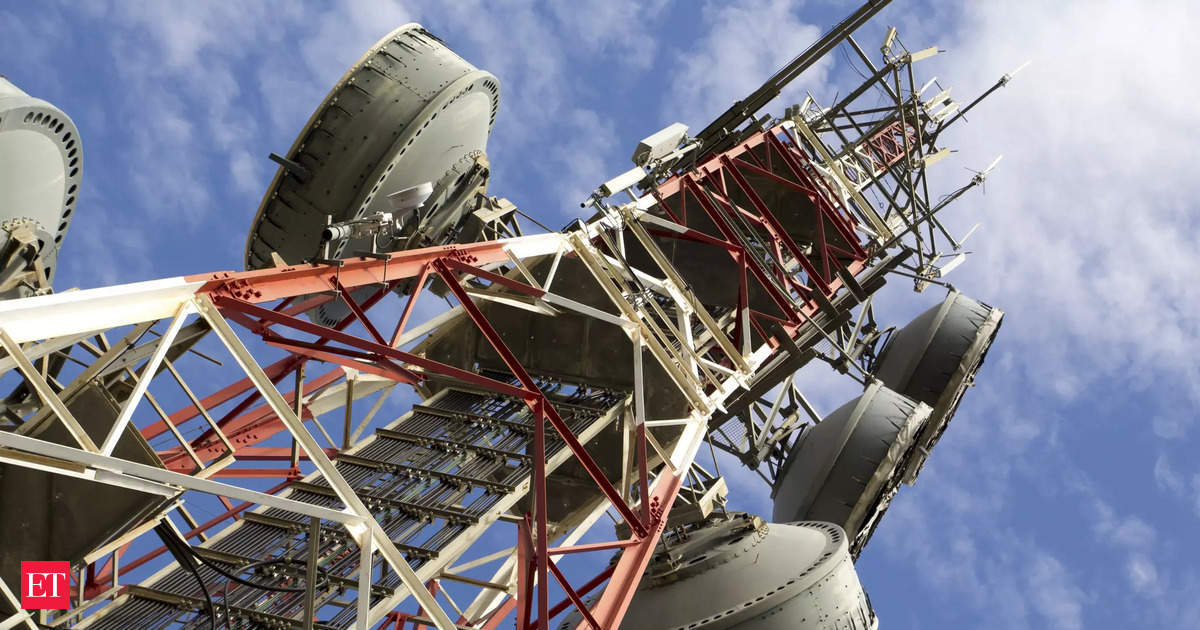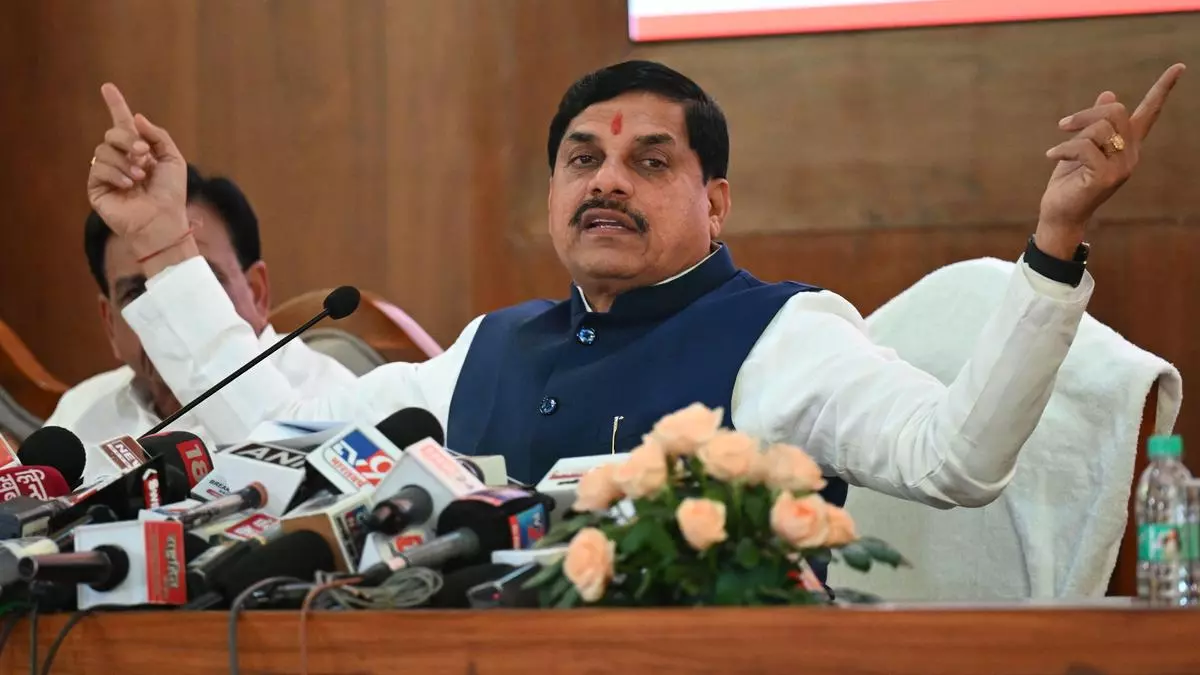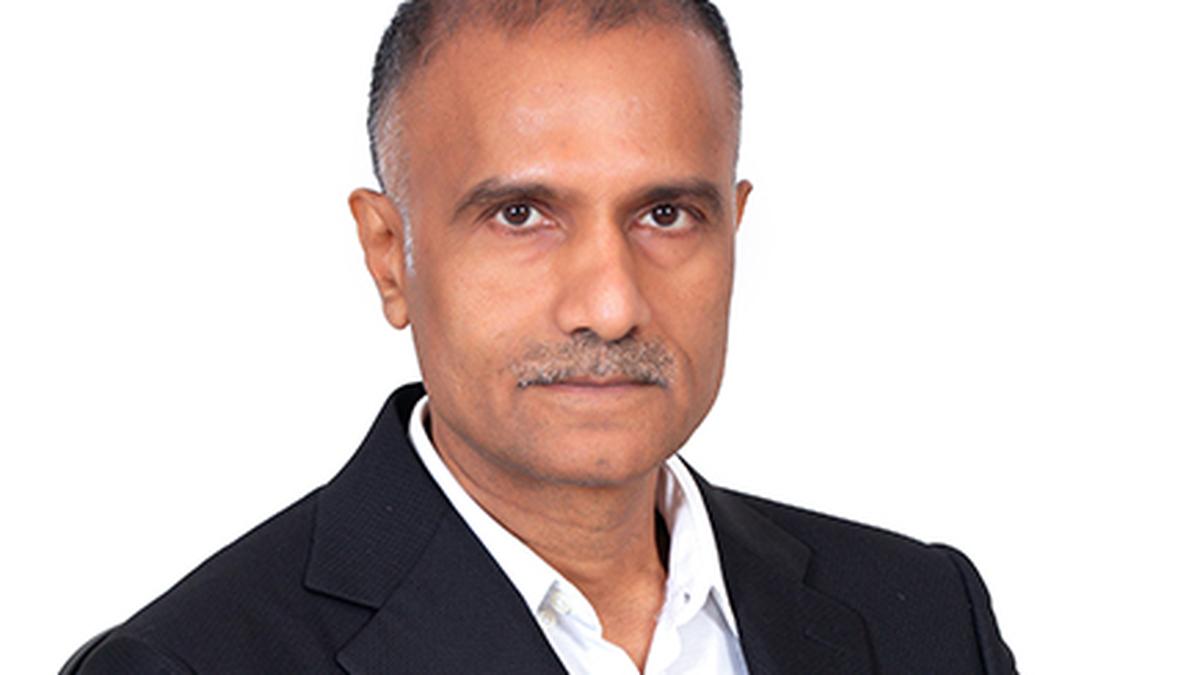The ITU World Radiocommunication Conference 2023 (WRC-23), currently being held in Dubai, will determine the fate of the 6 GHz spectrum band. The US and China are engaged in a battle over the allocation of the band, with the US pushing for delicensing for WiFi and China allocating it for 5G and 6G mobile use. India has not taken a stand on the issue so far, but has opposed the Chinese proposal on certain occasions. Telcos in India are concerned that delicensing the band would leave insufficient spectrum for 5G and 6G in the future. The Department of Telecommunications (DoT) committee has recommended using the upper portion of the band for mobility usage, while considering delicensing the lower portion at a later stage. However, the tech industry lobby in India is pressing for delicensing the entire band for WiFi use, following the model of the US. The 6 GHz band offers high internet speeds and could support up to 10 Gbps, similar to 5G speeds. Telcos argue that the situation in India is different from the US, as mobile is the primary source of broadband for most people and there is a higher population density. China, despite having better fibre infrastructure than India, has allocated the band for mobile use to serve its large population with 5G and 6G services. Delicensing the band could result in a loss of Rs 3.8 lakh crore for the Indian exchequer. The GSMA, a global telecom operators’ body, has expressed concerns over India’s interventions at the WRC-23 and has requested the Indian delegation to support the mid-band for International Mobile Telecommunications (IMT). The GSMA highlights the importance of the 6 GHz band for affordable 5G services and building a spectrum roadmap for the future. The letter from GSMA to the communications minister, Ashwini Vaishnaw, states that achieving 2 GHz of mid-band spectrum without the 6 GHz band would be challenging for India.










